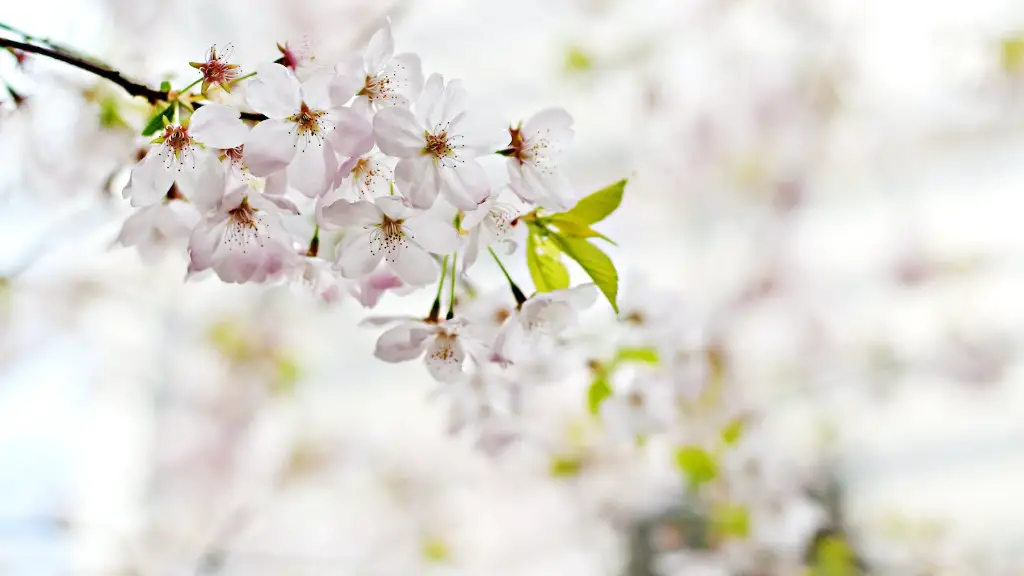Planting an Avocado Tree
Growing your own avocado tree is more achievable than most people think. All you need is an avocado seed and some knowledge on how to plant it. To begin, you’ll need to select the right type of avocado seed. When selecting, you’ll want to ensure the seed is large and isn’t too dry. Once you’ve chosen your seed, you’ll need to prepare it to be planted. Begin by washing the seed with water thoroughly to remove any dirt or debris from the surface. Next, pierce four toothpicks into the top of the seed. Doing this will serve as your avocado tree support as it begins to sprout and will allow you to suspend the seed in a jar of water once it’s ready for planting. Place the jar in indirect but bright light and fill it with lukewarm water. Change the water every one or two days to prevent the seed from becoming stagnant.
Soil Preparation
To ensure the avocado seed has optimal contact with oxygen and moisture when planted, mix together peat moss and compost. This combination of materials is ideal as it has the ability to ensure air and water is well absorbed by the soil. Mix the peat moss and compost together until they’re thoroughly combined and then add some warm water to the mixture until it forms a mud-like consistency. Make the soil at least three to four inches thick and be sure to add fertilizer to ensure the soil is rich in nutrients. Place the soil into the container of your choice and make sure the container is large enough that the avocado tree has enough room to grow.
Planting the Tree
Once the soil has been prepared, you’ll be ready to plant the avocado seed. Take the avocado seed from the jar of water, remove the toothpicks, and gently place it into the soil. Position the seed so that the widest part of the seed is facing up. Cover the seed with a few inches of soil, and make sure the top of the seed is just barely visible. Don’t bury the seed too deep or else your avocado tree won’t sprout. After planting, water the soil to ensure it’s moist but not heavily saturated. Keep the soil moist as the avocado tree begins to sprout, gradually increasing the amount of water used each time.
Maintenance
Avocado trees are typically easy to maintain. Be sure to water the tree when the soil starts to feel dry, but avoid overwatering to prevent any root rot. Place the avocado tree near a window or in direct sunlight so it gets plenty of light and heat. Once the avocado tree starts to grow, monitor it closely and check for any signs of pests or diseases. If you notice any pests or diseases, act quickly and use the appropriate treatment. Additionally, be sure to add some fertilizer every few months to support the tree as it grows.
Harvesting the Tree
If you give it the appropriate attention and care, your avocado tree should bear fruit within two to three years. The avocado tree should bear many avocados throughout each season. As the avocado starts to ripen, a dark shade of green will develop over the fruit, and it will become plump, soft, and juicy. When you’re ready to harvest the avocados, simply devour it – your reward for taking proper care of your avocado tree.
Caring for the Avocado Tree
Proper maintenance is necessary if you want your avocado tree to thrive. Ideally, you should prune your avocado tree in late winter or early spring. Remove any branches that are dead or diseased and thin out any excessively bushy areas. This will ensure the avocado tree has enough exposure to light to help it grow and bear fruit efficiently. Additionally, it’s important to use natural pest control methods such as encouraging predators like ladybugs or making a soap spray to avoid using any dangerous chemicals from pesticides.
Potential Pitfalls
Avocado trees typically face a few potential problems as they grow. One of the main problems is root rot. This occurs when the roots of the avocado tree are exposed to too much moisture. To avoid root rot, be sure to not overwater the tree, ensure the soil has plenty of drainage, and make sure the container the tree is planted in is large enough. Additionally, avocado trees can suffer from nutrient deficiency. Be sure to give your tree enough fertilizer throughout the year to ensure it has an adequate amount of nitrogen, phosphorus, and potassium. If the tree isn’t receiving these nutrients from the soil, it can lead to a poor yield.
Pruning and Staking
You may choose to stake your avocado tree for further support. If you decide to do this, make sure to choose a slim but sturdy stake to avoid damaging the tree. Secure the stake firmly within the container, and use some string or wire to attach the tree to the stake, as this will help support the weight of the tree as it grows. Pruning your avocado tree can also help benefit the growth and health of your tree. Prune away any dead or sickly branches, and thin any excessively dense foliage. Pruning can also help increase air circulation and reduce the risk of disease.
Controlling Pests and Disease
Another important factor to consider when taking care of your avocado tree is controlling pests and disease. Be sure to inspect your tree regularly and pay close attention to any changes. If you spot any pests or disease on your tree, act quickly and use the appropriate treatment. For pests, you can use natural remedies like garlic or neem oil to reduce their population, or for disease, you may need to use a pesticide or soil treatment. Take action quickly to ensure your avocado tree remains healthy and to prevent the spread of disease.
Fertilizing your Avocado Tree
Fertilizing your avocado tree is another essential part of taking proper care of your tree. For best results, use a fertilizer that is well balanced in nitrogen, phosphorus, and potassium, such as a 10-10-10. These nutrients are essential for the growth and development of your tree, and should be applied twice a year in early spring and late summer. Be careful not to use too much fertilizer; too much of these nutrients can harm your tree instead of helping it.

